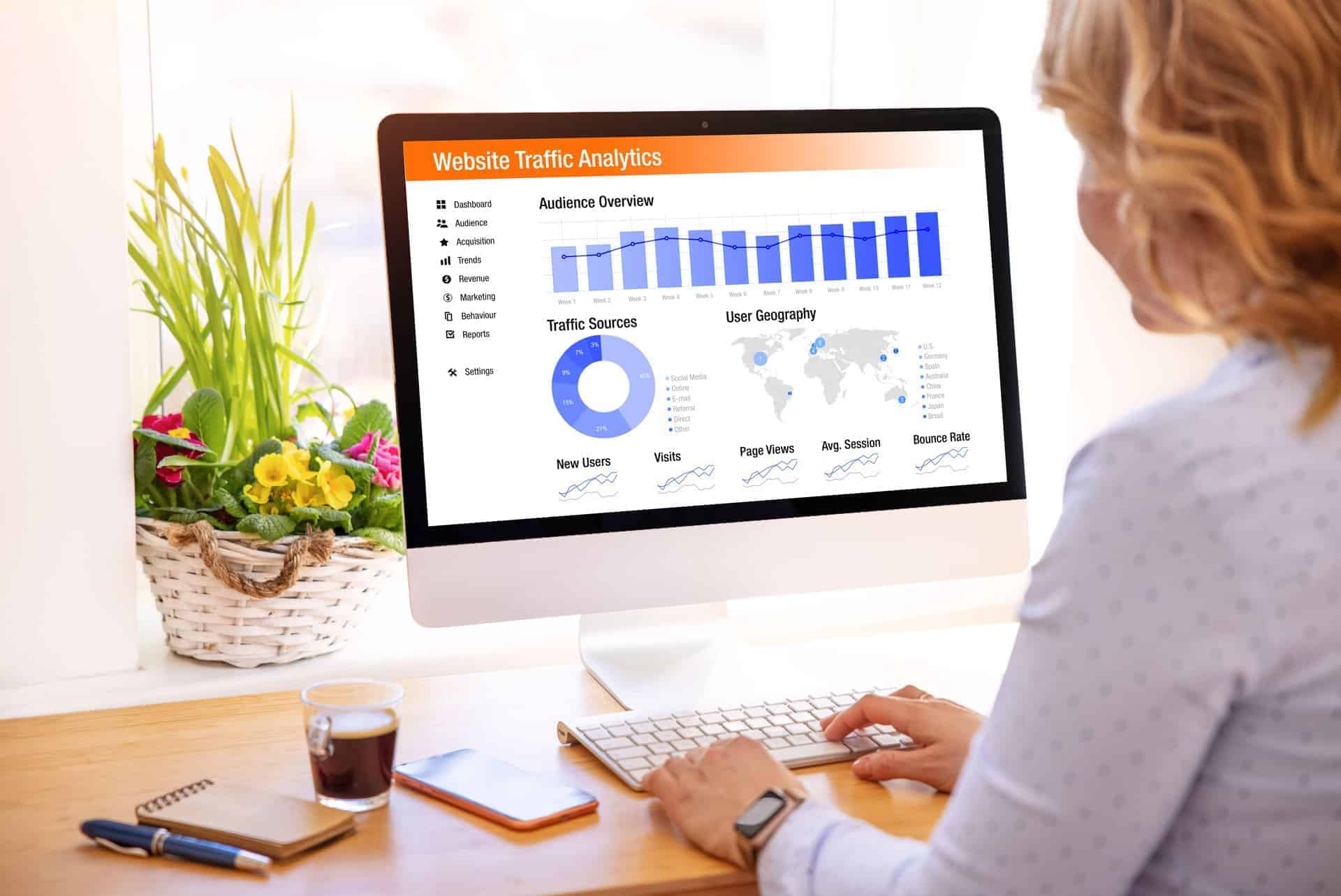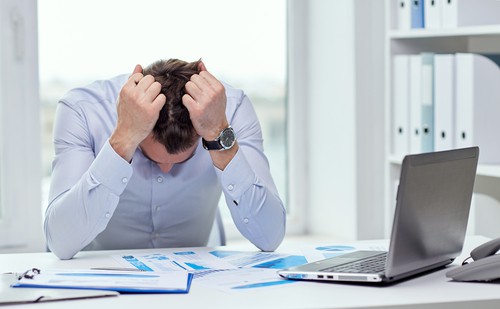It’s the dawn of a new decade, and you want to boost your site traffic to the next level. But first—you’ll need to start thinking in new ways. Note that there’s a new algorithm in town: the BERT algorithm.
The BERT algorithm changes the type of content that ranks. The BERT update might require you to make significant adjustments to your on-page SEO strategy. Understand this latest update, and you’ll be better equipped to plan out your content for the months ahead.
What’s the BERT algorithm?
No, this update has nothing to do with the “Bert” character of Sesame Street. This mouthful of an algorithm has everything to do with NLP – or natural language processing.
A little over a year ago, Google publicly unveiled the open-source technology of BERT, which allows anyone to deploy the “Bidirectional Encoder Representations for Transformers.”
The natural language processing of BERT allows it to recognize the context of a word, analyzing the surrounding words for meaning. (This is where the “bidirectional” sense of BERT comes in.)
What difference does BERT make for users?
 Neil Patel profiles the difference in a simple search query – before and after the BERT update.
Neil Patel profiles the difference in a simple search query – before and after the BERT update.
Before the update, a search for Neil’s example (“2019 brazil traveler to USA need a visa”) – would have produced a top search result that was completely irrelevant: an article about U.S citizens traveling to Brazil. (Clearly, an internet “fail.”)
Now, after the BERT update, the top search result for this same query is exactly where it needs to be, leading the searcher to the site for the U.S. Embassy and Consulates in Brazil.
BERT, in essence, takes searchers exactly where they need to be. The update makes Google more effective for searchers, bringing them better results.
What does BERT mean for your site?
It’s no longer enough to “keyword stuff” your site to get results. In fact, too much keyword stuffing can backfire on you.
BERT is looking for on-page SEO content that is valuable and readable to users and the algorithm.
As you craft your content going forward, think more “niche.” Each page should be created to fulfill a user’s exact need and/or problem.
BERT will be analyzing the language of your page for its applicability. Your content needs to be designed to address the highly targeted needs of your intended audience.
Basically, the focus should be more and more conversational, intent-driven and nuanced and less and less exact keyword term matching.
What should you do about your pre-existing content?
If you want to maximize the “searchability” of your pre-existing content, you might want to complete your own internal audit.
Note: is your content going to address a specific need, or is it just a “keyword filler?” Consider how some quick page edits can make your pre-existing content more targeted, before moving forward.
Going forward, how can you make your content worthy of BERT?
The best on-page SEO will always start with an assessment of your audience. Who do you want to bring to your site? What kind of problems might these people be looking to solve?
Previously, Google algorithms weren’t able to make good use of the “little words” in users’ search queries. Words like “for” weren’t factored into the equation. But the natural-language processing of BERT means that your audience will be able to find their answers more effectively, with these “little words” taken into account.
How do you produce the right answers, on-page?
Your keywords will still be important on your page… you’ll just need to use them in different ways, including them in detailed responses to potential search queries.
Use the “siloing” technique
If you haven’t already been using the “siloing” technique, you’ll definitely need to start. Bruce Clay advises that you identify the major themes for your site, in conjunction with the appropriate keywords.
Your “silo” should stack similar pages and themes. You can approach the silo in different ways, such as:
- linking internally to other pages on the same “theme”
- linking every page to a landing page, which drills down from the theme.
An organized spreadsheet will help you to make a silo that keeps everybody on the same page. Such a spreadsheet will help all content creators, marketers, and designers to build from the relevant themes and keywords and keep your on-page SEO in top shape.
What about outgoing links?
Some of us have been taught to fear outgoing links on our pages… but that advice is outdated.
Outgoing links established to an “authority page” or a highly-ranked page will only bolster your own SEO.
Don’t fear the “traffic leech” – instead, know that you’re benefiting from the positions of those other sites.
What about content length?
Know that longer content is usually better for on-page SEO- but not necessarily for the reasons you think.
With the recent BERT update, the longer-form content is more likely to provide an extremely specific answer to a question, making it fulfill the natural-language processing requirements of the search.
So, again, you want to avoid “keyword stuffing” just to boost your word count. Instead, aim to create a piece of content that thoroughly answers the question, from every conceivable angle.
Instead of aiming for a specific word count, you’ll need to consider the quality and thoroughness of your content piece. Do you feel as though it aptly answers the targeted search query? Does it do so from a reliable (researched) standpoint?
What should I know about images?
Image optimization continues to be an important factor in 2020. You’ll need to pay attention to your images, for the sake of the performance of your site.
Developer Advocate Ilya Grigorik discusses the truth that optimizing images can produce some of the most significant performance improvements for your site.
When your images are optimized, your browser can more quickly download the content of that site. Quicker download speeds equate to better user experience, along with more site traffic.
A well-positioned image can communicate with eye-catching visual impact. But if you drown your page in a sea of unnecessary images just to “decorate” the scene, then your site is going to take too long to load.
Consider what else you can do to make a good visual atmosphere for your site. What colors will stand out? What font styles can draw the eye to the desired word?
A great design can help make all the difference.
Get The Help You Need to Succeed With Your On-Page SEO
Keeping up with the latest algorithmic changes while running your business can get tedious and time-consuming. That said, keeping current with these changes is critical for your business’ success online.
Luckily, the experts at LocalBizGuru do that for you, helping you stay focused on what you do best. Successfully running your business.
If you’re looking for help to improve your site for 2020, get in touch with LocalBizGuru.
Our expert marketing team will help your business achieve the best rankings possible on Google and elsewhere. We encourage you to leverage our expertise to help your business grow.
If you need assistance with your on-page SEO or any other internet marketing concern, contact us today and let’s work together to improve your rankings!



